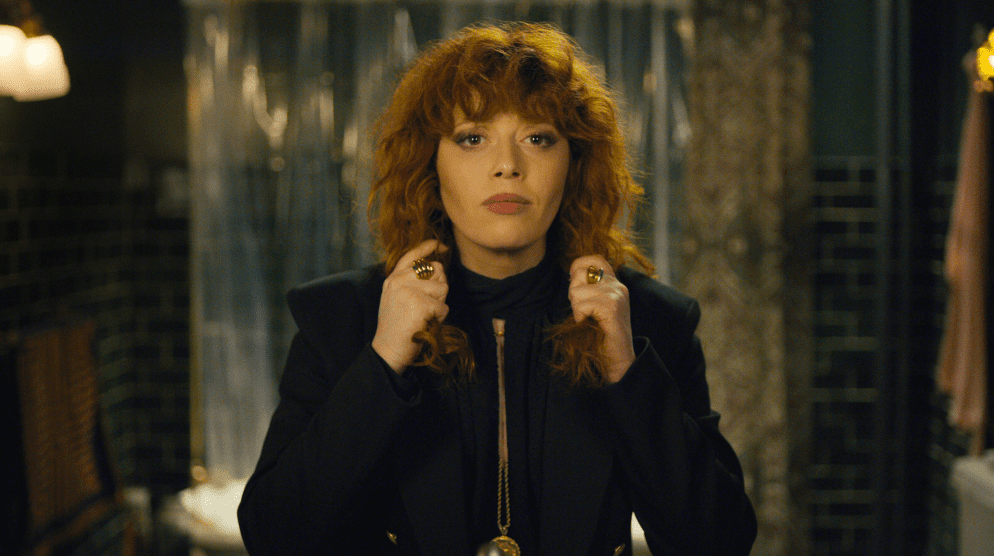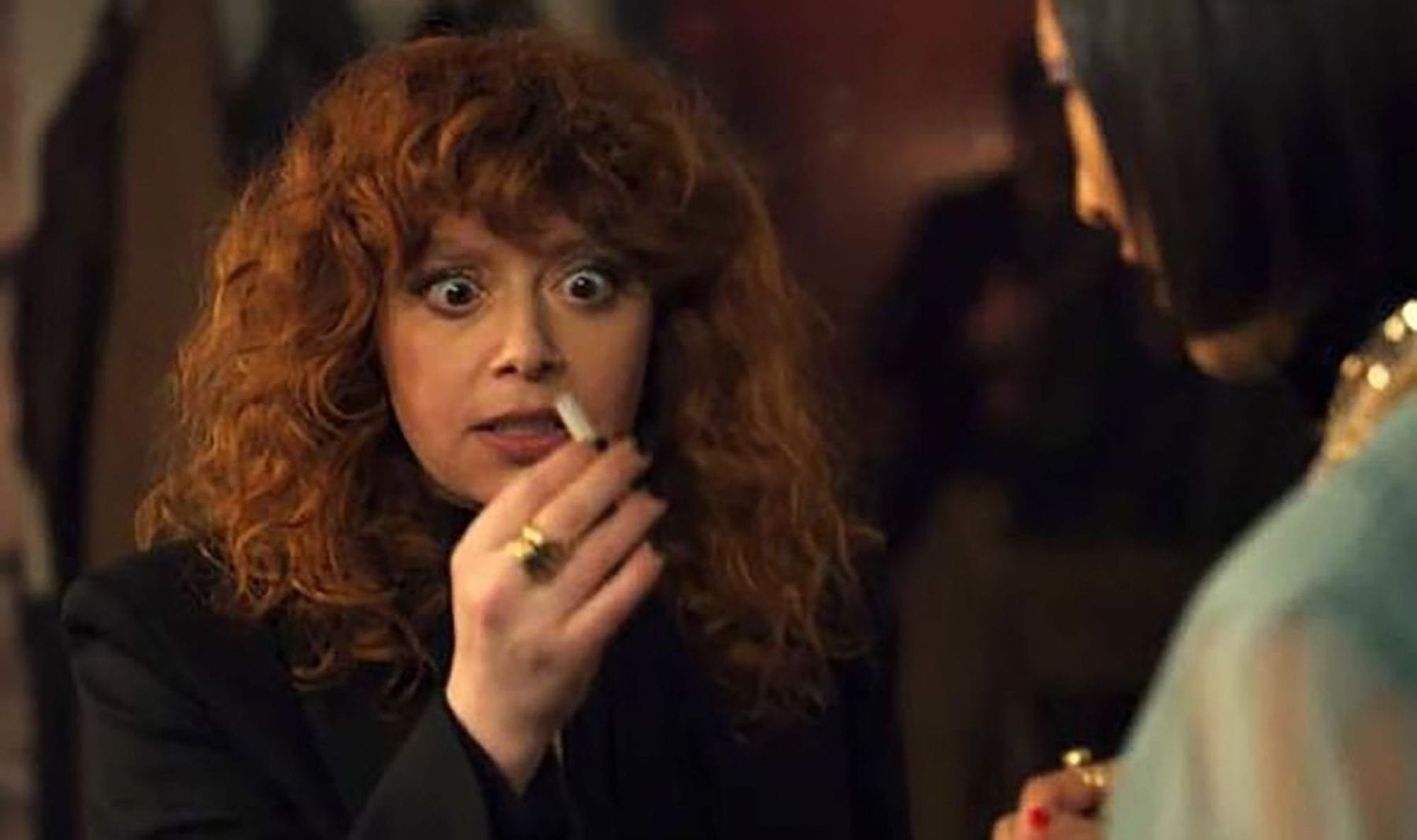
Stop me if you have heard this one before. An individual awakens one morning to find that it is not the promised tomorrow, but rather they are starting the exact same day they just completed all over again as if some higher authority has hit a reset button somewhere in the universe. The character soon realizes through trial and error that they are trapped in a time loop where tomorrow never comes, and yesterday is just the umpteenth time that they have had to live out the same grueling, never-ending day. Nothing ever changes and they are never getting out of this time loop alive. That is, unless said sad soul goes through enough personal and spiritual growth that the universe deems them worthy of playing with the rest of us in real time again.
Sound familiar? Good. Then you have probably already seen Harold Ramis’ 1993 existential crisis of a comedy starring Bill Murray, in their last collaboration together, Groundhog Day. At first glance, it would be extremely easy for someone to see the trailer for Russian Doll, the new Netflix mystery/dark comedy series co-created by Amy Poehler, Natasha Lyonne, and Leslye Headland, and write it off as a hipster or more nihilistic version of the exact same story. However, you would be doing yourself a serious disservice by doing so.
Jewish mysticism reminiscent of some of the Coen brothers’ more esoteric work? Check. Damaged yet relatable leads with a supporting cast of neurotics and delightful degenerates? Check. An amazing soundtrack seamlessly jumping from such names as John Maus, the Magnetic Fields, Dusty Springfield, the B-52s, and Slowdive? Check. An unfolding mystery that both surprises and delights? Check. Russian Doll is the time loop series you did not know you needed.
The story begins simply enough at a birthday party in a bathroom in Manhattan. The audience meets Nadia (Natasha Lyonne) as she stares into the bathroom mirror, escaping said party that is thrown on her account by her hipster friends for her thirty-sixth birthday. All of the major players of the series seem to be already laid out about the party: her best girl friends who live in the apartment where the party is being thrown, the sleazy professor that Nadia goes home with, her ex John who ruined his own marriage to be with her.

Nadia from the get-go seems aloof and lost in her own head. She is presented as funny but guarded. She’s simultaneously warm and abiding, yet cold and brutal. It’s not long after being at her own party that she absconds with a local college professor for some quick sex and, more importantly, to search for her cat, Oatmeal, who she is convinced has somehow been swallowed up by the universe. Not that Oatmeal is missing, but that Oatmeal no longer exists. Turns out that may not be the case as Nadia spots her cat and runs after it, only to be struck down in the street and killed by a taxi that she did not see coming because she was too occupied. Quick cut back to the bathroom at the party where Nadia snaps to just as she did when the audience first met her at the beginning of the series and the events that have already happened come to pass again. She dies again. She snaps to in the bathroom again. She dies again. And so it begins.
There is a sense of mystery right from the start of the first episode that rewards both attentive viewers and repeat viewings but is also focused firmly on entertaining people by any means possible.
The lighting of the series is all Manhattan bar scene at night. Both the series’ color palette and Nadia herself are permeated with glowing neon colors, dim party lighting, and smoky reds and blacks. It is pure noir and does wonders for the viewer’s eye and only lends to the show’s feel and central mystery.

So, what’s a girl to do who keeps dying over and over again, trapped in the labyrinth of shadows that is New York at night on repeat? After the initial familiar premise is established and carried out, the formula starts to be tested and played with in ways that make it seem fresh and wholly original, Groundhog Day comparisons be damned. Poehler, Lyonne, and Headland are telling a story that, at its core, is about a woman who is struggling to find her place in the world. The audience learns early on that she is keen on escaping in all manner of vice. Nadia lives a life of isolation, whether she is chain smoking while creating computer code at home in her apartment, or hitting the night party circuit where drugs, alcohol, and sex are at the ready. She keeps everyone in her life, from her friends, lovers, and coworkers, at arm’s length. Before she even dies the first time, Nadia’s life is already stuck on a self-made loop of destructiveness and loneliness.
The series itself is split into eight episodes that are each roughly a half-hour or less, and like last year’s Homecoming original series on Amazon Prime, the runtime is actually a benefit. Most original series in the Peak TV era are an hour in length, and although it is hard to imagine a show like Game of Thrones or Westworld doing more in less time, other networks and series should take note of how Russian Doll does exactly that. Nadia goes from detective ready to solve the case to pitiful drugged-out drunk and back again in the time it takes a lot of shows to do absolutely nothing, and none of it feels rushed in the slightest. Quite the opposite, Russian Doll feels perfectly paced.
As with any good mystery there are turns aplenty. Is Nadia dead? Is Nadia trapped inside some sort of Judaic mystic self-enlightenment maze? What is the significance of the fish? Why does Oatmeal keep disappearing? All of these questions will only delight any fans of intrigue and are all balanced out perfectly with a role that Natasha Lyonne was born to play, which is good because it is actually partially based on her own life. The biggest question going into the midpoint of the series is, just what role does Alan play into Russian Doll? A character that is not fully revealed until the midway point of the series in an almost stand-alone episode, he appears to be quite possibly the key to unraveling the entire mystery. At the very least, in Alan, Nadia has found someone she can try to escape the loop with during the second half of the season.

Throughout the whirlwind first half of Russian Doll Nadia is living a life that is seemingly already stuck on a never-ending loop of her own making, where her demons are always waiting just around the corner in the shadows of the city-scape, and the people in her life are mere strangers there only to serve whatever function she needs before ultimately being cast aside due to some internal inability to connect. As the season barrels head-first into its second half with the knowledge that Nadia is not the only soul trapped in this dreaded supernatural time loop, both she and Alan are going to have to face their fears, work together, and with any luck wake up tomorrow to a brand-new day.

